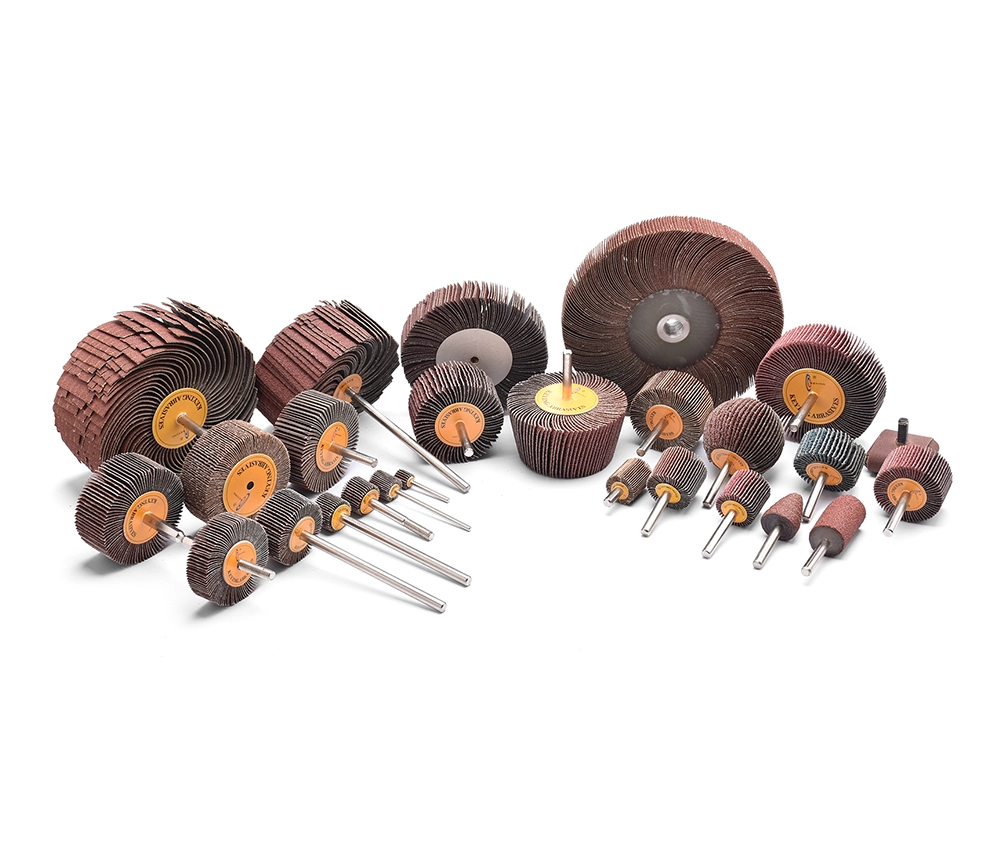
Dec 20-2017
Grinding operations with abrasive grinding in the automotive industry are widely used for processing multiple transmission systems, suspensions, body and chassis components. For example, transmission system components such as engine blocks, cylinder heads, valves, crankshafts, camshafts, bearings, and gears, etc., require highly accurate, smooth, and polished surfaces to reduce friction and wear, ensure proper sealing, or achieve a smooth, low-noise effect. Free operation.
Welding and brazing of body components require grinding operations to remove sharp edges and obtain smooth and polished surfaces suitable for high gloss painting. Different types of automotive grinding applications may require different configurations of different types of abrasives, which may have a significant impact on part quality, production speed, maintenance downtime, and cost.
Using wheels, disks, or grinding wheels, where abrasive particles are bonded together, coated on a substrate or blended into non-woven abrasives. Bonded wheels consist of abrasive particles that are compressed by a cement matrix and bonded into a circular solid shape. Coated abrasives consist of abrasive particles that are bonded with adhesive to belts, sheets, discs, or rolls. Non-woven abrasives consist of three-dimensional strands of flexible fiber, on which abrasive particles are bonded, and these strands are compressed together to form sheets, discs, or cylinders. The selection of the type of abrasive particle used, as well as whether to blend them into bonded abrasives, coated abrasives, or non-woven abrasives in grinding operations, depends on many factors.
Conventional grinding agents and super grinding agents. Conventional abrasives include alumina (Al 2 O 3), ceramic alumina, silicon carbide, and zirconium oxide alumina, which are the most widely used and lowest priced. Ceramic abrasives are usually harder than alumina and consist of sharp grains with an abrasive shape. Super abrasives, such as diamond or cubic boron nitride (cBN), may cost more than 50 times their traditional abrasives. However, these abrasives can be used to grind 100 times the number of parts that conventional abrasives can grind. Super abrasives can grind the hardest steel with minimal wear, making them ideal for grinding operations where tools are not frequently replaced. Another advantage of cBN is that these materials conduct heat better than conventional or ceramic abrasives, thereby reducing the working temperature during grinding.
In summary, the main factors to consider when selecting suitable abrasives for grinding operations in the automotive industry include the type, design, and configuration of the parts to be ground, the material to be ground (including the type, hardness, or treatment of the abrasives), polishing requirements (e.g., roughness, straightness, or dimensional tolerances), allowed machining or grinding cycle time for the operation, and available grinding equipment (e.g., handheld, manual machines, or robots). These factors will help define several important aspects of the abrasives, such as granularity, construction of the abrasive (wheel, disk, or cylinder), and the type and hardness of the abrasive (conventional abrasives vs. super abrasives). These factors will also define the grinding process, such as the type of grinding machine.